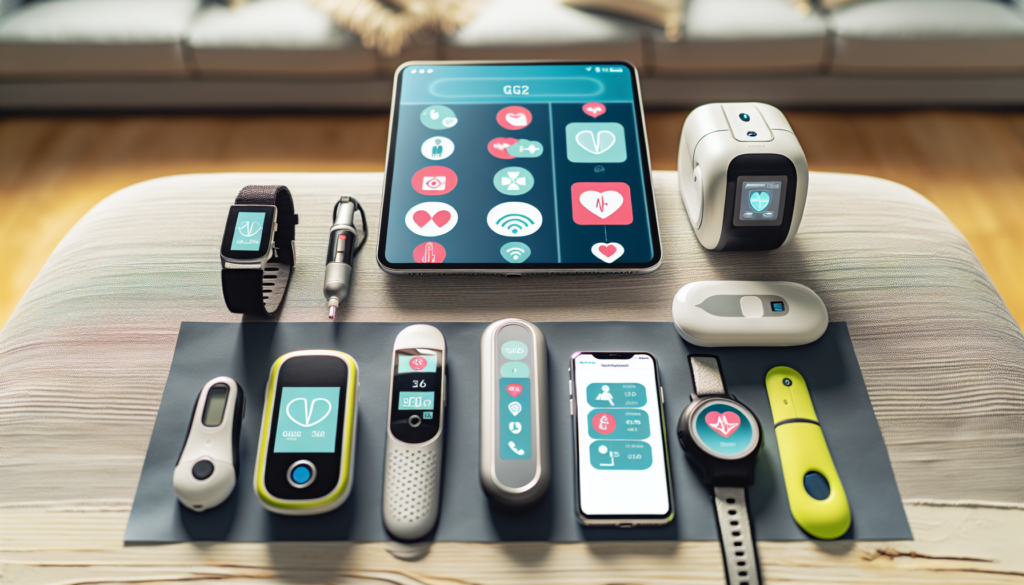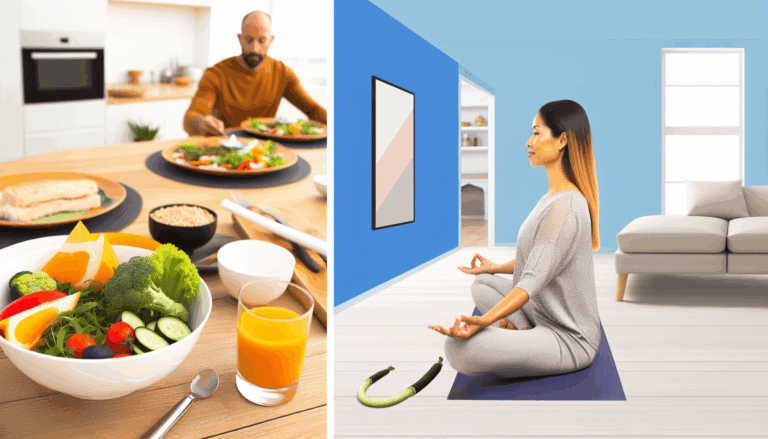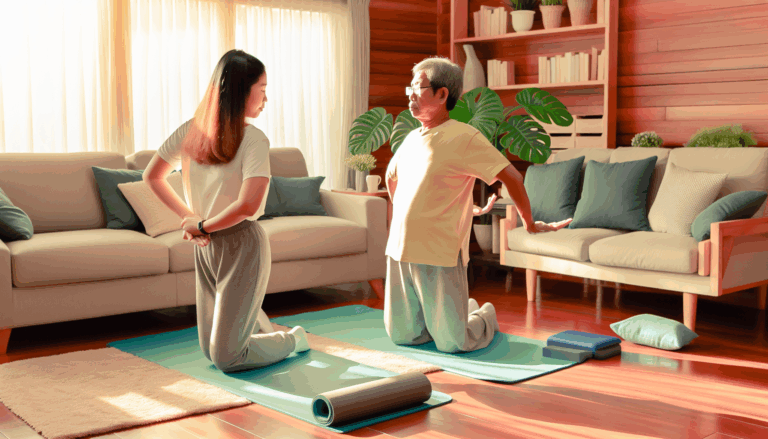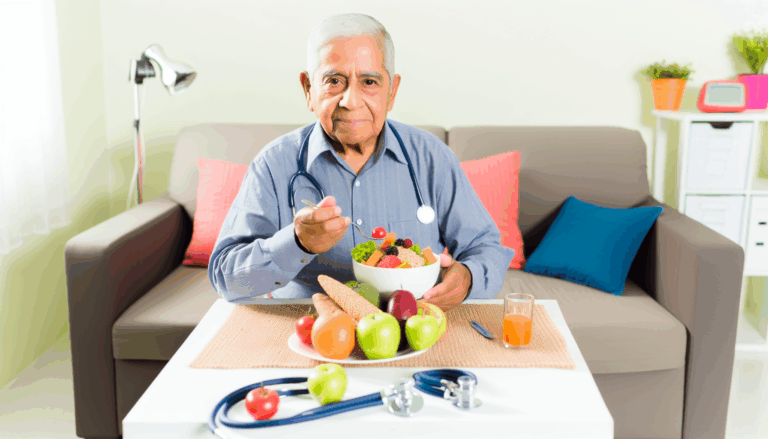As health care continues to evolve, so does the variety of tools and technologies designed to support home health patients. While some of these innovations are complex, there are many simple, user-friendly health tools available that can improve the quality of life for both patients and caregivers. In this blog post, we’ll explore some of the most beneficial ones.
Home Health Monitoring Devices
Health monitoring devices have come a long way from the traditional thermometer and blood pressure cuff. Today’s home health care landscape offers a wide assortment of monitoring devices, which can help you keep a close eye on all major vital health parameters. For example, glucose meters for diabetics, pulse oximeters for those monitoring their oxygen saturation, or smartwatches that can monitor heart rate. These devices play a crucial role in facilitating proactive health care, allowing both patients and caregivers to respond to changes in health status in a timely manner.
Telehealth Technologies
The advent of telehealth technologies has revolutionized home health care. No longer do patients need to physically visit a health facility for every consultation. Now, they can connect with health professionals via virtual consults from the comfort of their own homes. This approach saves time, reduces stress, and can prevent unnecessary exposure to health risks, particularly important in times where infectious disease becomes prevalent.
Mobile Health Applications
Smartphones and tablets aren’t just for social media and entertainment, they can also serve as powerful health tools. There are now thousands of health applications available that provide a range of functions – from tracking physical activity and caloric intake, to providing mental health support through mindfulness exercises. There are also apps specifically designed for patients managing chronic conditions, with features that include medication reminders, symptom tracking, and health education resources.
Personal Emergency Response Systems (PERS)
For home health patients living alone or with an elevated risk of falls, Personal Emergency Response Systems (PERS) can be lifesavers. These simple gadgets can be worn around the neck or wrist, and with the click of a button, connect the user directly to emergency care. Some even have automatic fall-detection capabilities, offering peace of mind to both patients and their loved ones.
In conclusion, while navigating the world of home health care can certainly have its complexities, the right tools and technologies can make the process more manageable and empowering. By leveraging these resources, home health patients can play a more active role in their own care, and caregivers can provide support in more effective and efficient ways.



